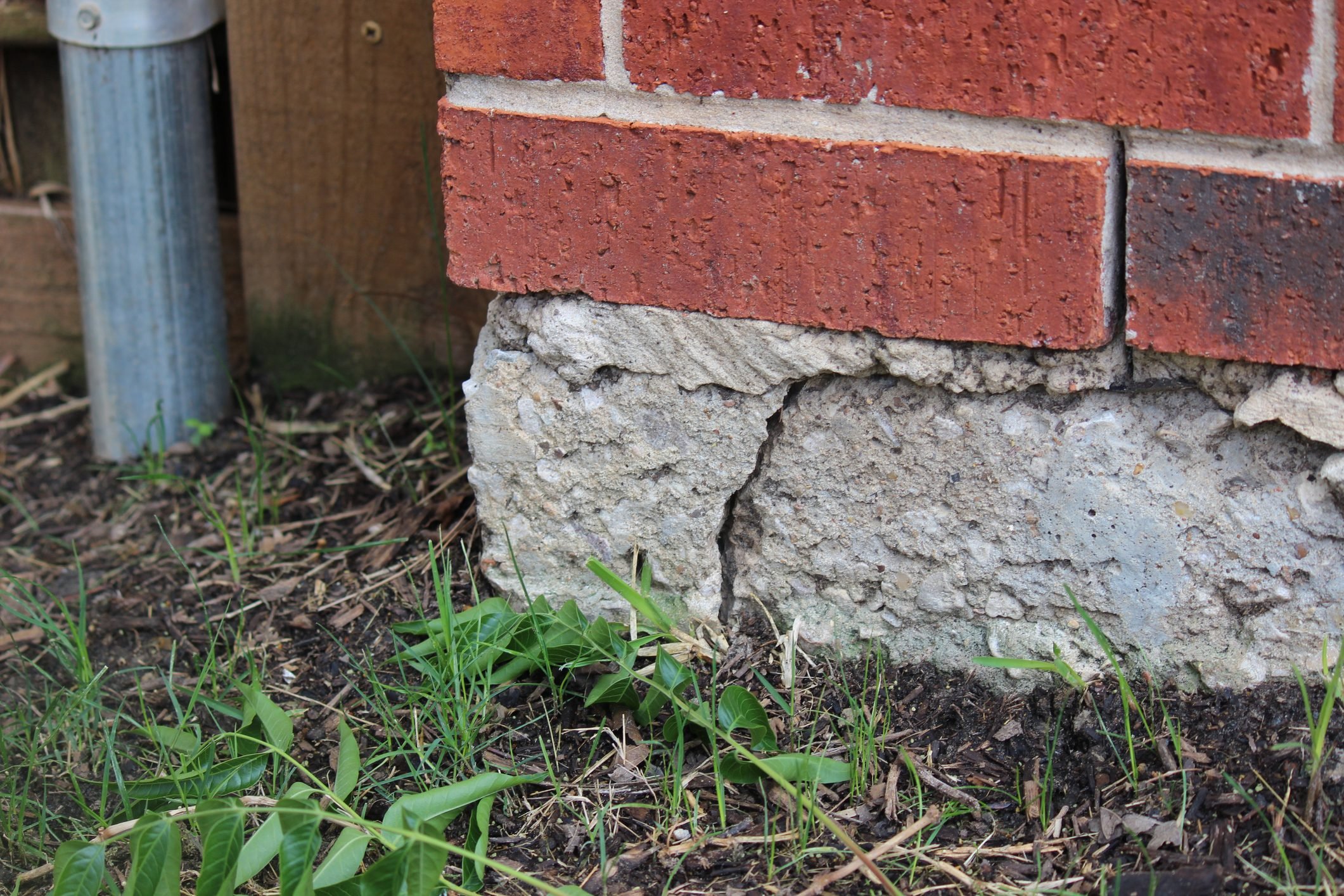Area Journalism Initiative
Proposed drinking water allocation changes result in regional turbulence
A single of the good blessings of residing in Alberta is entry to clear h2o. For the final 130 years, water from streams and rivers in the South Saskatchewan River Basin has been divided between buyers. The provincial federal government manages allocations to assure sufficient h2o remains in the environment to aid aquatic habitats while nevertheless giving more than enough for human use. At minimum 50 for each cent of available drinking water ought to also movement into Saskatchewan. With the area’s inhabitants and agricultural business rising, water in the river basin has develop into overallocated. Less drinking water is currently being remaining in rivers, operating the risk of unfulfilled need in the occasion of a drought. Specified the tenuous problem, quite a few have grown ever more concerned with proposed modifications to the Oldman River Basin drinking water allocation. The authorities declared final November that it was contemplating shifting the principles that identify how the 11,000-acre-toes restrict — more than 13.5 billion litres— is dispersed between local sectors. With several proposed coal mines all-around Crowsnest Move at a variety of levels of the exploratory and regulatory procedure, many experience the changes are simply just the govt opening the floodgates for coal growth beneath the pretext of underutilization. The problem is sophisticated, nevertheless, and acquiring to the base of it requires a little bit of a deep dive. Oldman allocation history Again in the 1920s, a weir was produced exterior Fort Macleod to redirect the river’s stream into the Lethbridge Northern Irrigation District. Irrigation aided offer drinking water for farmers’ crops, however superior summer season desire coincided with lower flow stages in the river. To handle shortages, the Oldman Dam was created in 1991 to retail outlet excessive h2o in the course of the higher spring discharge until eventually it was desired in the drier months. The dam’s reservoir can keep up to 400,000 acre-toes of h2o, even though areas inside of the MD of Pincher Creek, MD of Ranchland, and Municipality of Crowsnest Go turned flooded. To accommodate the missing irrigation and agriculture probable, the Oldman River Basin drinking water allocation was founded in 2003. The order applies to places of the Oldman River upstream from the western boundary of the Piikani reserve, including the Castle River, the Crowsnest River and their respective tributaries. The allocation initially set aside 11,000 acre-feet of h2o for irrigation functions, out there by way of licensing by the government. The purchase was amended in 2010 to allow for a complete of 1,500 acre-ft for municipal, agricultural and industrial needs, with 9,350 acre-feet nonetheless reserved for irrigation. An further 150 acre-feet was permitted for industrial use. According to Alberta Natural environment and Parks, only 1,296 acre-ft is currently licensed for irrigation and 326 acre-feet for all other utilizes. With only 16 for each cent of the allocation really staying applied, 9,229 acre-feet of water is likely unclaimed — and while the South Saskatchewan River Basin system stopped issuing drinking water licences in 2006, licences for the Oldman allocation are nevertheless allowed. The new conceptual allocation would take away the limitations imposed on each individual sector while mandating that 2,200 acre-feet be reserved for environmental considerations. Why the alterations? The available licensing stems from a absence of irrigation expenditure, says Stewart Rood, a professor of biology at the College of Lethbridge who specializes in h2o source administration. “There’s been very small uptake on that intended irrigation enhancement,” he describes. Irrigation works downstream, he carries on, due to the fact the flatter topography permits gravity to transfer the drinking water where it’s necessary. The hilly location upstream would need high priced pumping. Given that the area also does not favour cash crops, the advancement in the beginning intended by the allocation get is uneconomic. “At one particular amount, altering the terms of that allocation licence tends to make some perception,” Mr. Rood says. Having said that, he acknowledges that the major concern with opening up far more allocation for business will come with problems of coal mining in the location. H2o stewardship Benga Mining’s proposed Grassy Mountain coal challenge is at this time below federal assessment. The organization has used for 454 acre-ft of water, an sum it says is triple the precise quantity it will take in but is required for recycling processes, with most of the h2o being addressed and safely returned. A person hundred and fifty acre-feet falls under a licence Benga retains for collecting operate-off that would usually enter Blairmore and Gold creeks. The remaining requested allocation would arrive from licence transfers from Devon Canada at York Creek, and the municipality at the Crowsnest River. No water from York Creek or Crowsnest River will actually be extracted, nevertheless the licence transfers are expected to reflect the quantity of water that will be used for the coal cleansing process at the mine. Even with currently being a really compact part of the 11,000-acre-toes allocation — which in transform helps make up a portion of the 400,000-acre-feet ability of the reservoir — the total, suggests Cows and Fish government director Norine Ambrose, requires to be contextualized to place. “If you alter the hydrology — no matter whether you’re diverting it, or lessening it or even introducing to it — you modify how a great deal water is accessible to the ecosystem,” she claims. Allocation orders, she suggests, are an significant way to be certain h2o stays for all-natural employs. “Alberta has regarded this very a several yrs ago, and is executing a substantially better position at seeking to mimic character and allocate the flows that are needed for mother nature, or what’s identified as the instream circulation demands,” Ms. Ambrose provides. Analyzing allocations Presented the sheer quantity of rivers, streams and creeks in Alberta that have specific attributes, the precise stages that have to keep on being in every for a wholesome ecosystem are just about extremely hard to identify. To handle this, Alberta Surroundings and Parks makes use of what is known as the desktop strategy to established benchmarks that build allocation quantities: only 15 for each cent of a river or stream’s normal flow can be taken out, or a small 80 for each cent exceedance of the organic flow need to be maintained. The exceedance restrict may sound extremely complex but is simpler when you recall rivers have unique stages of stream more than time. The quantity of water flowing in excess of the program of the 12 months commences low in the winter season, increases as a result of the spring run-off and rains, and peaks ahead of reducing in the late summer time and autumn months. Graphing that improve gives you a bell curve the 80 for each cent exceedance simply just needs at least 80 for every cent of that bell curve to stay in the river all through the yr. Great compared to reality Inspite of allocations aiming to permit water run its normal study course, significantly of the Oldman River is used downstream from the reservoir. The spot is now allocated 170,250 acre-feet, 90 for each cent of which is made use of for irrigation. Demand is so large that the allocation order involves that only 45 for each cent of the drinking water continues to be in the river. Even with this sort of significant use, Alberta has been equipped to honour its water dedication to Saskatchewan with about 75 for every cent of h2o flow passing throughout the border, nevertheless a drought in 2001 dropped that amount quite shut to the 50 for each cent prerequisite. Determining who gets water in moments of shortages is tied to licence seniority, recognized as “first in time is to start with in proper.” With drinking water usages evolving past agriculture and irrigation, nonetheless, pinpointing h2o rights has shifted to be based on precedence. Ingesting drinking water for towns and towns can take precedence, adopted by livestock. Other sectors would then each individual consider a minimize, or “share the lack,” to make absolutely sure no a person goes without. The concern with liberating up licences upstream from the Oldman reservoir, suggests Shannon Frank, govt director of the Oldman Watershed Council, is licence seniority is generally enforced more than sharing the scarcity. “We have issues about individuals dry several years in which every single drop counts,” she states. “Having added licences does include a little bit additional strain to the system over-all and people with junior licences could get no water.” Establishing allocations also relies upon on being aware of what the natural wants are for the ecosystem. “It’s not just which of us get the h2o we also have to feel about the wellness of the river and how a lot we can leave in the h2o for the fish and the trees and the general wellbeing of the watershed,” claims Ms. Frank. Because river flows naturally have variation, provides Mr. Rood, the all-natural ecosystem has developed to offer with some variation. “If we’re spending interest, we should really be able to select up the anxiety thanks to inadequate flow just before it is irreversible or deadly,” he says. The trouble, he continues, is gathering the required data. A Benga trouble Because the riparian overall health of creeks and streams is web page-distinct, the generalizations of the desktop strategy might not be suitable for each individual locale. As these, the effects of letting coal companies to attract h2o from smaller streams in the headwater aren’t known. Benga has 10 hydrometric stations in location, which have been measuring water flow at Gold and Blairmore creeks for the earlier numerous a long time. The business also states functions will reduce Gold Creek’s flow by only about 10 for each cent, which is inside environmental boundaries. Though facts is becoming gathered, scientifically accurate measurements on movement will have to allow for the large swing in variation creeks experience. The standard common is 30 decades really worth of info — a challenging mark to attain, looking at the minimal staff and methods obtainable. “We’re challenged ideal now simply because the info on allocations is not done at that compact of scale usually,” Ms. Ambrose suggests. “I’m not saying that there should not be any removing of h2o — I feel we just have to make absolutely sure that the h2o we do acquire, relative to that put, is appropriate.” Reliable info is doubly critical, Ms. Frank provides, supplied the locale of a lot of of the proposed mines in the Oldman’s watershed. “That’s 1 point we have been inquiring for just before we withdraw water from any of these headwater streams,” she claims. “That would notify us how a lot we could withdraw devoid of getting a significant effect.” Difficulties encompassing local climate change, this sort of as before snow melts and declining summer months flows, also necessarily mean future ailments really should be accounted for. These kinds of foresight is especially significant for Gold Creek, which is house to just one of the very last remaining Alberta populations of westslope cutthroat trout. Not h2o below the bridge yet Although the authorities claims altering the allocation would appeal to new industrial financial investment to the place, future coal mines would be initially to reward. With h2o use upstream from the reservoir not as taxed as farther east, the minimal sum of move info for the scaled-down headwater creeks and streams the mines would have an effect on raises questions about community environmental stewardship — together with other drinking water-similar difficulties, these kinds of as air pollution and therapy. For now, additional information and facts about the variations is on keep as community consultation will resume just after the province establishes its new present day coal plan, prompted by the reinstatement of the 1976 coal plan. Existing water licences can be seen on the net www.alberta.ca/alberta-drinking water-licence-viewer.aspx. General public consultation is set to start off March 29. Sean Oliver, Community Journalism Initiative Reporter, Shootin’ the Breeze






More Stories
5 Common Services Offered by Plumbers
3 Critical Signs Your Solar Inverter Needs Urgent Repair
Very best Works by using for a House Fairness Line of Credit (HELOC)